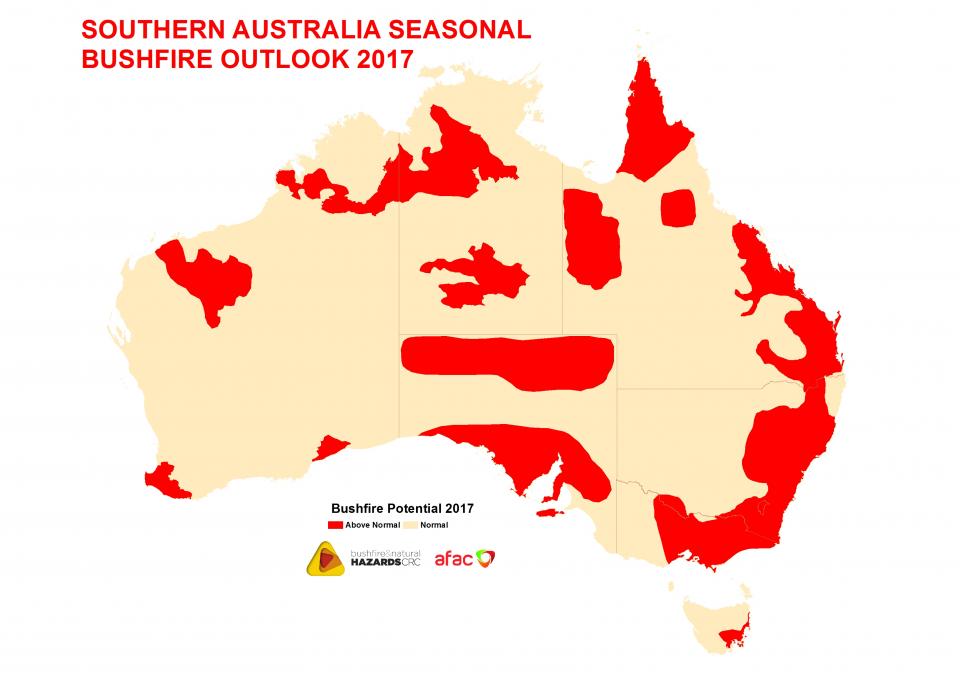Beyond Conformity: Enhancing Building Security with a Thorough BAL Report Evaluation
Beyond Conformity: Enhancing Building Security with a Thorough BAL Report Evaluation
Blog Article
Navigating Bush Fire Security Rules With BAL Report
Central to this venture is the Bushfire Strike Degree (BAL) record, an essential file that examines the potential exposure of a residential or commercial property to bushfire. By diving right into the intricacies of BAL evaluations and their ramifications for building conformity, stakeholders can proactively handle bush fire risks and protect buildings versus possible threats.
Recognizing Bush Fire Defense Regulations
To properly browse the intricacies of bush fire protection guidelines, it is necessary to have a clear understanding of the governing standards and requirements in position. Bush fire security guidelines are vital for securing residential or commercial properties and lives in areas vulnerable to bushfires. These regulations establish the criteria and procedures that residential or commercial property owners need to stick to in order to reduce the risks related to bushfires.

Relevance of BAL Evaluations
Comprehending the relevance of BAL analyses is essential in guaranteeing conformity with bush fire security guidelines and properly mitigating the risks related to bushfires. BAL assessments, which figure out the Bushfire Assault Degree of a residential or commercial property, are important for designing proper bush fire security procedures tailored to the particular threat profile of the website. By reviewing elements such as plant life type, distance to possible fire threats, and slope of the land, BAL assessments supply useful insights into the degree of danger a residential or commercial property deals with during a bushfire event.

Effects for Building Compliance
Navigating via structure compliance needs in accordance with BAL analyses is necessary for ensuring structures are adequately fortified against the risks posed by bushfires. Frameworks that fall short to meet the required conformity standards are at a higher threat of suffering damages or damage during a bushfire event.
Making sure building compliance includes cautious preparation, building, and maintenance to alleviate the prospective impact of bushfires. It calls for a thorough understanding of the BAL rating appointed to the building and executing the appropriate actions to boost its fire protection capacities.
Taking Care Of Bush Fire Risks Effectively
Given the vital importance of building compliance in strengthening structures against bushfire dangers, properly helpful resources handling these risks requires an extensive technique that prioritizes positive mitigation methods. Clearing flammable vegetation, developing defensible spaces, and making certain correct upkeep can considerably lower the risk of fire spreading to the property. By combining these positive steps, building proprietors can effectively manage bushfire dangers and raise the safety and security of their structures and owners.
Practical Tips for Homeowners and Developers
Properly managing bushfire dangers as a homeowner or developer demands implementing sensible reduction techniques tailored to the home's details susceptabilities and surroundings. find this One critical pointer is to maintain a properly maintained defensible room around structures, usually a minimum of 30 meters in high-risk locations. This room needs to be clear of flammable plant life, debris, and various other combustible products that might potentially sustain a fire. Furthermore, picking fireproof building materials can substantially boost the building's capability to endure cinder strikes and straight flame contact. Making sure that wall surfaces, home windows, and roof coverings are created or upgraded to satisfy pertinent bushfire security standards is necessary.
Moreover, producing an emergency plan and practicing emptying drills with family members renters, staff members, or members can save lives in the event of a bushfire. Staying notified regarding regional fire threat scores, weather condition conditions, and emergency notifies is also essential for making prompt decisions to shield life and residential or commercial property. Involving with neighborhood fire authorities, neighborhood groups, and professionals experienced in bushfire administration can offer useful assistance and assistance in creating extensive bushfire security techniques.
Verdict
Finally, navigating bush fire defense policies with a BAL report is crucial for making sure building conformity and managing bush fire dangers effectively. Recognizing the relevance of BAL assessments and following functional tips can assist homeowners and programmers reduce the influence of bush fires. By adhering to these guidelines and taking necessary preventative measures, people can develop much safer atmospheres for themselves and their neighborhoods.
Key components of bush fire protection laws include the Bushfire Strike Degree (BAL) assessment, which establishes the level of threat a property encounters from visit bushfires. BAL evaluations, which figure out the Bushfire Assault Level of a residential property, are vital for creating appropriate bush fire defense steps customized to the particular risk profile of the website. By examining elements such as plants type, range to potential fire dangers, and slope of the land, BAL assessments give important insights right into the level of risk a home encounters throughout a bushfire occasion.
/cdn.vox-cdn.com/uploads/chorus_image/image/66063681/GettyImages_1197451354.0.jpg)
In conclusion, navigating bush fire defense guidelines with a BAL record is essential for making certain building compliance and handling bush fire dangers effectively.
Report this page